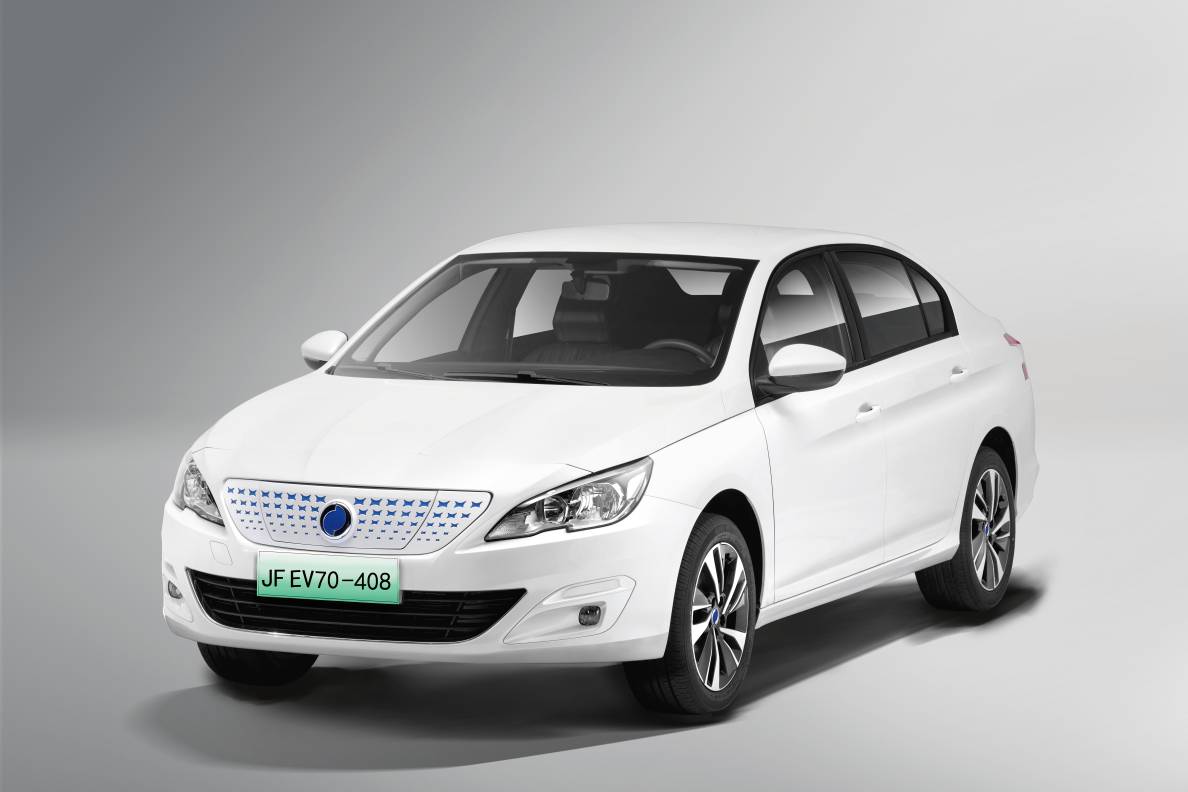When the "Twentieth National Congress" is in progress, the automobile industry may usher in major ch
Will fuel vehicles be eliminated in a short time in the next decade?
Will new energy vehicles powered by pure electric vehicles replace fuel vehicles in the next 10 years?
Will hydrogen energy vehicles supplement new energy vehicles?
In the next ten years, will the construction of charging facilities be popularized across the country?
Smart cars will move towards L4 level?
Junfeng Automobile and all colleagues in the industry pay close attention to it.
Now, China's automobile industry has developed to an unprecedented height, getting rid of the embarrassing situation that China's automobile brands are large but not strong.

It can be seen from the naked eye that in the past decade, with the continuous growth of independent brands, the downward exploration of joint venture car prices, and the continuous influx of cross-border players, the competition in the domestic car market has become unprecedented fierce. Especially after 2018, the domestic automobile market has ended the rapid growth that has lasted for decades and started to transform from an incremental era to an inventory era.
On the sales side, since the 18th National Congress of the Communist Party of China, the domestic automobile sales have increased from 19.3064 million in 2012 to 26.275 million in 2021, which is equivalent to the sum of the sales in the United States and Europe, and the proportion of the global automobile sales has increased to 32.42%. In terms of new energy vehicles, in 2012, the sales volume of new energy vehicles in China was only 12800, which jumped to 3.521 million in 2021, ranking first in the world for seven consecutive years.
What is more exciting than the sales growth is that, for independent brands, 100000 yuan has been the "price ceiling", and the middle and high-end market has been dominated by joint ventures for a long time. However, in the past decade, the product value of independent brands has been constantly breaking through, not only encroaching on the market of joint venture brands, but also launching an impact on high-end markets. This is undoubtedly a qualitative change for independent brands.

The tide of new energy vehicles is irreversible, and infrastructure construction will be the focus
Why can new energy vehicles develop so rapidly in China? On the one hand, because of the policy, the national subsidy policy for new energy vehicles is the biggest driver of the rapid development of new energy vehicles. Although the subsidy for new energy vehicles is declining in recent years, it has not affected the hot sale of new energy vehicles in any way. It is reported that the subsidy for new energy vehicles was originally planned to be cancelled at the end of 2022, but now it has been confirmed that it will be extended to 2023, which is undoubtedly good news for new energy vehicles.
After the "Twentieth National Congress", where will the domestic automobile industry go?

It can be expected that after the "Twentieth National Congress", the construction of supporting facilities related to new energy vehicles will be accelerated, especially the infrastructure construction. For example, according to the data provided by the China Charging Alliance, as of June, 3.918 million charging infrastructures had been built nationwide, of which only 1.528 million were public charging piles.

The fuel truck enters the countdown?
The continuous development of new energy vehicles undoubtedly sounded the "death knell" of the withdrawal of fuel vehicles from the historical stage. Although there is no timetable for banning the sale of fuel vehicles in China, many foreign developed countries have clearly stipulated when to ban the sale of fuel vehicles. From the perspective of relevant domestic policies, it is no longer far away from the time of banning the sale of fuel vehicles.
First of all, Hainan Province has clearly stipulated that the sale of fuel vehicles will be banned in 2030, which can be said to be the first shot. Secondly, the increasingly stringent automobile exhaust emission standards will also force fuel vehicles to withdraw from the historical stage ahead of time. For example, in 2023, China will fully implement the national six b emission standard. Compared with the indicators of non methane hydrocarbons and nitrogen oxides in the national standard of Liua and Liub, they are almost halved.

If the national six b can still give fuel vehicles a break, then the national seven emission standards will undoubtedly completely destroy fuel vehicles. Although there are no data parameters related to the national seven emission standards, we can see from the European seven emission standards that the internal combustion engine is almost on the verge of extinction. As for the implementation time of the national seven emission standard, it is speculated that it is likely to be fully implemented after 2025, leaving little time for fuel vehicles.
In the past decade, independent automobile brands have ushered in a "golden period" of development. The progress of fuel vehicles and the comprehensive development of new energy vehicles have narrowed the gap between independent brands and joint ventures. According to the data provided by the China Automobile Association, in September, the wholesale volume of independent brands exceeded 50% of the market share. It is believed that in the next decade, with the help of the development of new energy vehicles, independent brands will certainly bring more surprises.

